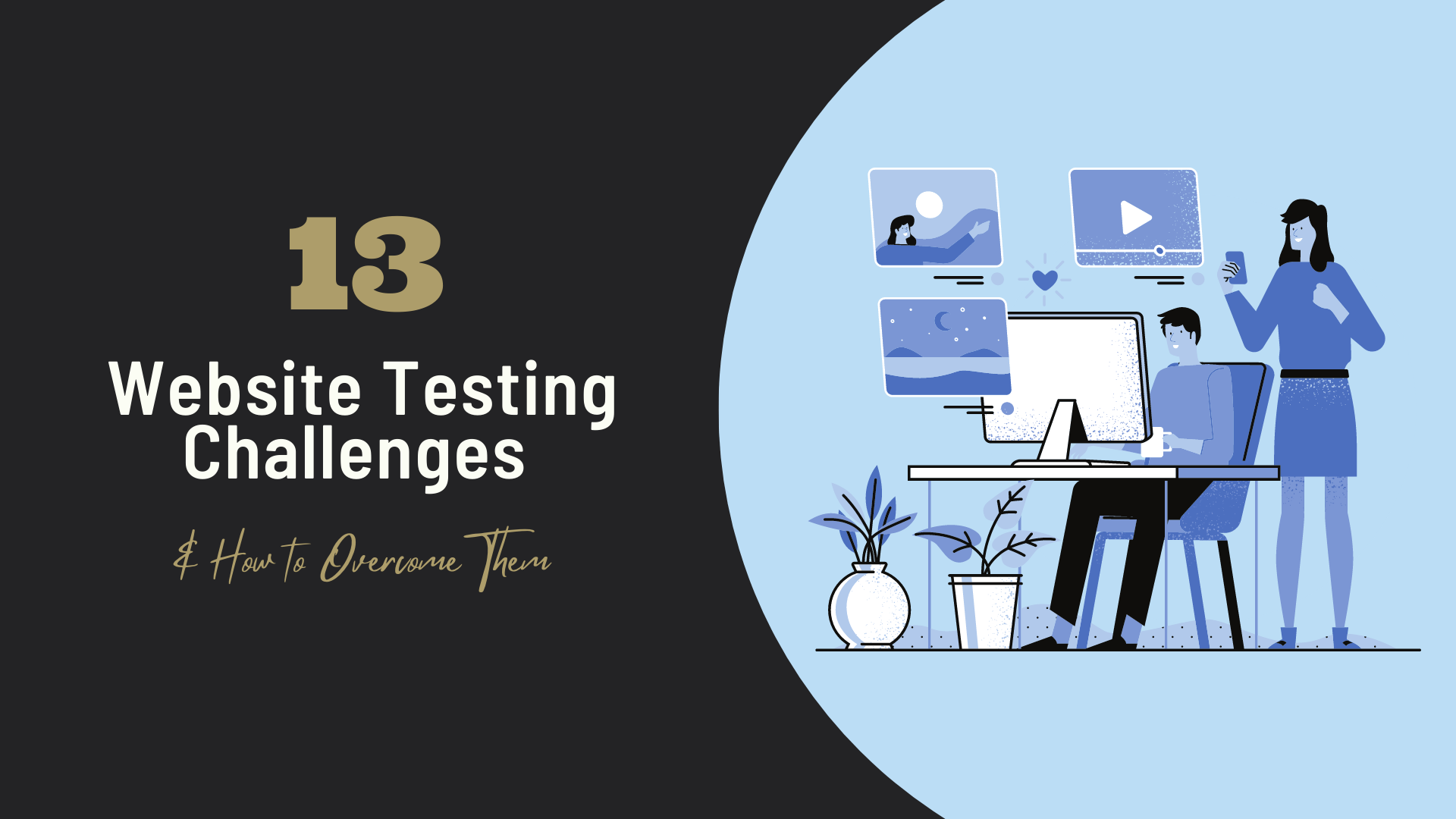Popular Tools by VOCSO
At this very minute, you are looking at a website. It would be easy to imagine that the process of setting it up is quite simple. Yet, there are many steps that happen in the background before you get the final product.
There is the design process. Different elements have to come into play for the proper functioning of the website.
Website testing is a critical component of the development cycle. The developers have to ensure the proper functioning of the applications. They should work on different browsers and interfaces.
The teams must also look out for any glitches or errors that could interfere with performance. Security threats and integration with other apps are also part of the testing.
But, some challenges may come up during the testing process. We will look at some of them and how to overcome them in our article below.
Table of Contents
Understanding Website Testing
Website testing refers to any process to check the functionality, performance, and reliability of the site.
But don’t let the simple testing definition fool you. There are so many steps to website testing including:-
- Assessing responsiveness on different devices, browsers, and operating systems
- Ensuring proper security to ensure there are no areas of vulnerability. Hackers can use such to gain access to your systems
- Conforming to regulatory requirements or industry standards
- Ensuring integration with other web services
- Usability tests to determine how easy the site is to use. One key area they will check is navigation for a smooth user experience
- Interface testing to determine how well the software communicates with each other.
But there are new challenges that are facing developers in today’s modern world. The website has evolved and becomes more complex. For instance, nowadays, search engine optimization is a must for web design.
There is the incorporation of technologies for better functionality. e-commerce platforms need features that will result in higher visibility. Q&As teams and developers have to keep up with such changes. They must also ensure they address each need to achieve the best user experience.
The benefits of website testing are many. One of the most important is to increase confidence in your brand or business. Search engines also take note of websites that do not perform well. It will impact your rankings on the search engines.
A good user experience will lead to higher traffic to your website. For e-commerce platforms, it means more inquiries, interactions, and lead generation. The business can then convert such into loyal customers.
Manual Vs. Automation Testing
Developers have the option of manual vs. automation testing.
Manual Testing
Manual testing relies on humans to do all the tests. The main disadvantage is that it can be time-consuming and tedious.
There are greater chances of introducing human error. Such could arise from boredom due to the repetitive nature of the tasks. Simple inattention can also compromise the reliability or accuracy of the testing process.
Automation Testing
Automation testing relies on machines to carry out tasks. It removes the need for human intervention in the processes. The automation helps with designing, writing, executing, and reviewing tests.
It helps shorten developmental cycles and will result in higher-quality products. The quality assurance (QA) teams can achieve higher efficiency and accuracy.
Automation allows for large-scale testing that would not be possible using manual processes. Further, it is cost-efficient because one machine can do the work of hundreds of QA staff.
Automation testing is a fascinating process. If you look at any automation testing tutorial, you will see why. It will open your eyes to the software development process. You will get to see why rigorous testing for each part of the development cycle is critical.
Expect to see terms like test scripts, objects, modules, and function libraries. All these refer to the test frameworks for automated testing tools. And, you learn how they all contribute to website design and development.
But, it is important to note that there are some areas where automation testing is not possible. Take the example of testing the user experience on the website.
Automation will not be able to tell whether the experience is pleasant or not. The best feedback on aesthetics and functionality must also come from manual testing.
Whichever process the teams use depends on a specific point in the development cycle.
13 Challenges in Website Testing and Their Solutions
There are some challenges that the teams may face. Let’s look at some of the critical ones below.
#1. Interoperability or Compatibility Testing
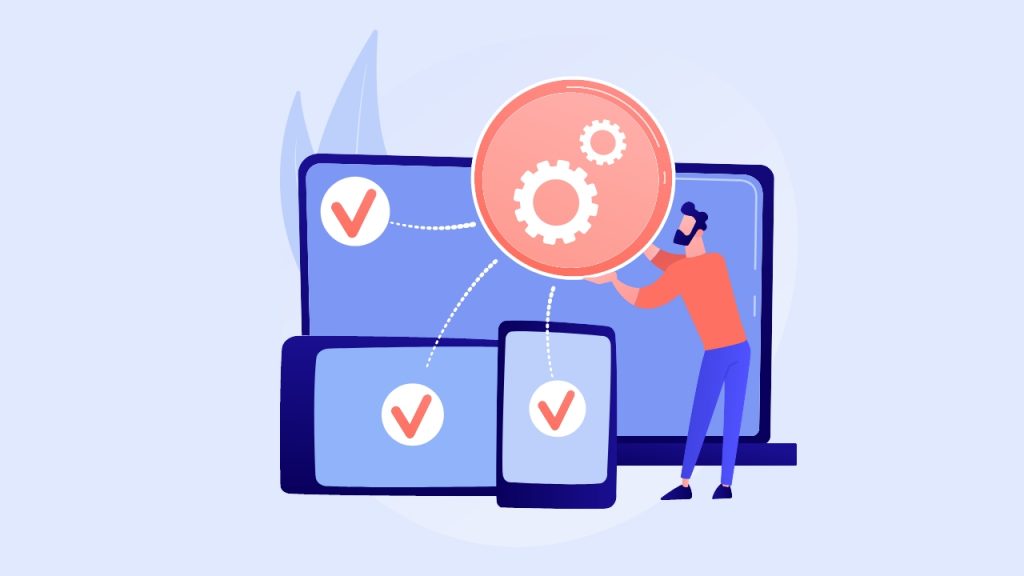
Back in the day, website developers only had to contend with Internet Explorer. But now, there are many other browsers that users have access to. Google Chrome, Mozilla Firefox, Apple Safari, and Opera are some of them.
There are also many different types of websites. These include e-commerce sites, multilingual websites, portfolio sites, and so much more.
Each site has different characteristics that come into play. These include usability, optimization, and security.
The teams also need to factor in the range of mobile, smart devices, and desktop appliances.
Cross-browser compatibility testing is an area that requires a lot of attention. The good news is that there are tools that can help with the task. Such include LambdaTest, Selenium, Sauce Labs, and Perfecto.
#2. Expectations Vs. Reality

Unit tests are a critical component in the development cycle. Developers get information on code execution. They can also get insights on metrics on statement execution. Many developers place a lot of trust in the quality of the code.
But, they may not be able to vet every single line of the code each time. In the end, they rely on what they expect to happen. They may miss errors or testing requirements without even knowing it is happening.
The testing should not depend on the intentions of the developers. It must have the end-user requirements at the forefront to deliver a good UX.
#3. Performance Testing

Performance testing ensures fast speed. The modern internet user has this as one of their top requirements.
There is a lot of content available on online platforms. No one has time to wait for slow-loading pages. Even with this knowledge, developers still have some issues with performance testing. Minimal hardware that cannot handle the demands of large application testing is an issue.
There may also be an improper estimation of software requirements. The testing teams ensure that the systems can handle large amounts of data. It also helps if the hardware requires minimal support to run.
#4. Usability Testing

Usability testing covers a wide range of issues. It allows the team to check on factors like scalability and interactivity. They must also ensure any changes to the app do not interfere with the system.
The teams need to develop infrastructure or methodologies to address each one. It needs an in-depth understanding of the scope to come up with solutions. The best insights come from user perspective testing.
The UX must be consistent while taking into consideration that each user is different. It can be quite challenging to find the best approach. But, the teams can use representative groups for testing. It should happen across different hardware, browsers, or operating systems.
#5. Skill Level Requirements

The teams must have specific skill levels to take advantage of automated testing. They must be able to discern what could have contributed to a failed test. Further, if they do not get the right results, they must identify the reasons behind it.
The reasons could be device or browser incompatibility. Bugs and changes in site requirements are other issues. And that’s not all; the team must also develop a course of action to correct the issues.
The reality is that automated testing can give a false sense of security. In the event that there is an issue, it could catch the teams off guard. They will use resources and need enough time to recover. Skill-level requirements are, therefore, a critical component for Q&As and developers.
#6. Overcoming User Issues

Happy path testing refers to only covering areas that the teams expect. They use inputs that will produce the output they expect. The process relies on tightly scripted procedures.
The problem is that such scripts do not duplicate real-world situations or scenarios. It does leave room for human errors, exceptions, gaps, or incorrect values.
But, what happens in the case that the users have some problems with the apps or software? Confusion, inattention to instructions, or even malice could bring issues.
The teams must be proactive in their approach to testing. They must think about things that could confuse the system or trigger issues. Let’s take the example that the only way to sign in would be to use characters. In the case that a user introduces other elements, the system will not respond as it should.
The result would be a poor user experience. It could end up damaging the reputation of the brand or business. The teams must be flexible and creative in the testing procedures.
#7. UI Testing Challenges

User interface (UI) testing ensures effective website performance. Automation covers test executions resulting in better test averages. The teams ensure that the apps meet developmental and design specifications. The expectation is a website that is easy to use and responsive.
But there are some challenges with UI testing. Such include:-
- Web app testing incorporates many large projects. Testers have to handle complex scenarios using tedious processes. The possibility of errors can rise significantly
- There are a lot of changes that go into coming up with web UI applications. Developers or QA may add new features, integrations, functionalities, or logic. The constant changes mean maintaining testing scripts can be quite challenging
- There must be proper attention to how the teams handled the image comparisons. Things like color, shape, pixel variations, and formats need careful consideration
- There must be enough time allocation for test script execution
There are ways to deal with the challenges above. Using the right web UI automation tools is critical. Codeless automation removes the need to write or maintain scripts. It results in time and cost savings for the teams.
Another solution is to have a few UI test cases in the beginning. The developers can then add more as they move along the development cycle. They must keep up with such website changes to ensure effective management of the tests.
#8. Challenges Arising From Insufficient Bandwidth
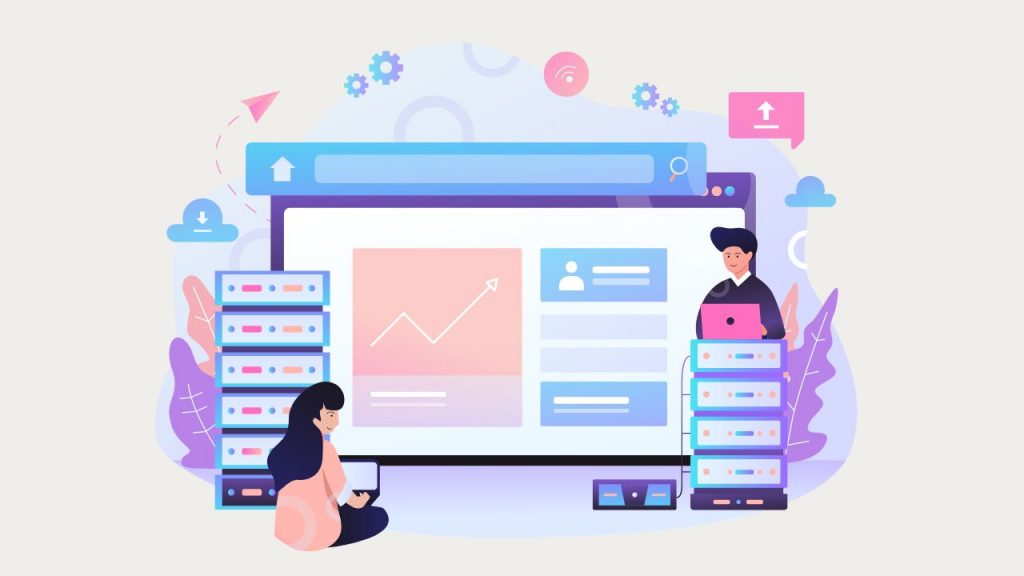
The bandwidth determines the speed of the network. Lack of enough bandwidth can interfere with performance testing. Teams may experience lags when downloading anything from the website. It could result in errors during the testing process.
Before any website testing, ensure there is enough bandwidth. Sometimes web host providers will make changes to their offering. They do this to ensure the customers continue to experience uptimes. But if the Q&As teams do not consider this, they will have problems.
Something as simple as adding a page or directory can impact the processes. Keeping up with such website changes is critical. It allows for effective management of the test cycles.
#9. Ensuring Continuous Testing

Implementing proper tests during the development cycle is not enough. Even after the launch of the website, continuous monitoring and testing are critical.
You may have a high-performing site today. But, a change in the ecosystem tomorrow messes up everything. Some issues that could play a role include:-
- The action of updating plugins or third-party integrations
- Troubleshooting of issues by audiences
- A change in the browsing habits of users
- Hacking attempts by cybercriminals.
Staying up to date with such issues can help avoid long-term problems. Indeed, website testing is a never-ending process.
#10. The Issue of Security

Cybercriminals are always looking for areas of vulnerability to exploit. It is critical to keep up with security testing for the website. Data integrity testing can help guard against data loss.
Such processes are especially critical for e-commerce platforms. They collect a lot of customer information that they need to keep safe. Dedicated penetration testing provides a perfect solution for this. It simulates attack situations to identify any areas of vulnerability.
The team’s lookout for design flaws and technical weaknesses. They also ensure that the company adheres to regulatory requirements. It also helps identify response mechanisms while enhancing cybersecurity awareness.
#11. Ever-Changing Environment
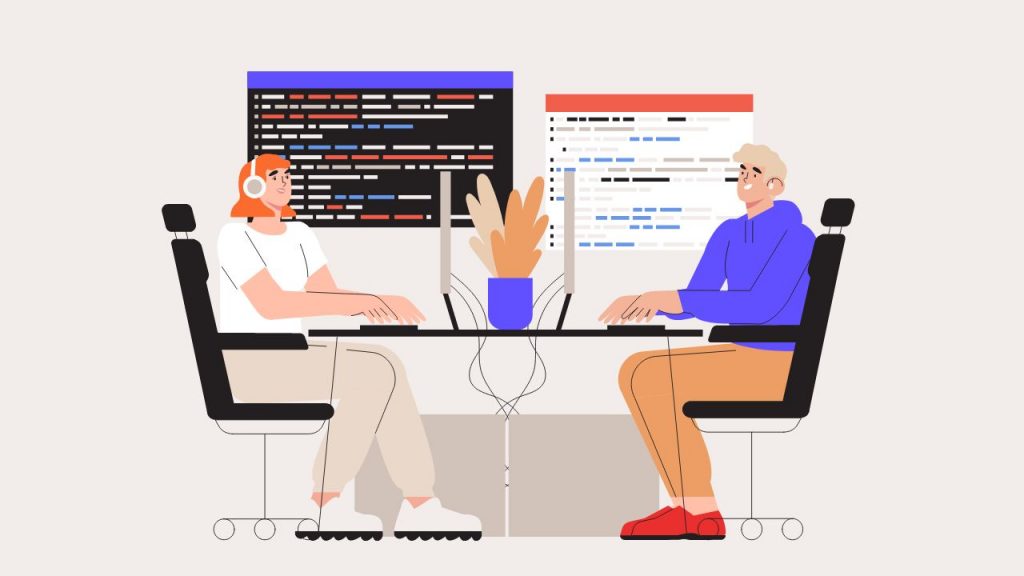
Web applications are very dynamic. You can never quite predict how the program will behave. Application requirements and evolving technologies are other issues. It can be a real challenge when analyzing, testing, or maintaining the system.
The developers must ensure they carry out the tests in real-user environments. Such include user loads, user data, wifi strength, and application interaction.
But, there is a problem with the results from test environments. They may not provide results that are applicable in real-life situations. Simulators and emulators can be useful in the beginning. But they have limitations on the range of testing coverage you can achieve.
The truth is some people may not want to deal with the cost and time investment. They ignore real environment testing. Instead, they have a ‘hope for the best’ attitude.’ In the end, the quality of the product will not meet user requirements.
Small and medium-sized companies may not afford real-user environment testing. The investment in such facilities is high. One solution is to use cloud-based testing platforms
#12. Short Development Cycles
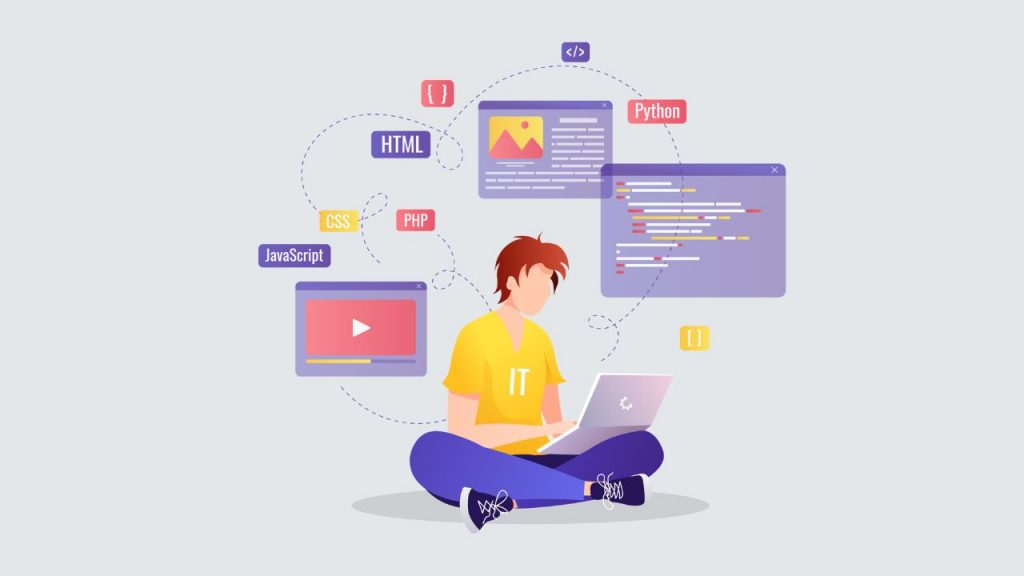
Time and budgets can impact the number of times clients give for a website or mobile app development. Developers have to work within a specific period. That means they may not give enough time to the critical processes.
The rush to develop, test and deploy can result in serious errors. They may compromise on things like workflow, accessibility, or integrations. All these will impact the functionality and usability of the website.
It is critical that the teams give enough time to the processes. Prioritizing test cases can allow for the completion of more urgent tasks.
The teams can also decide on which ones to automate or test using manual processes. It helps with streamlining of tasks. The result is higher efficiency within the set time.
#13. Team Collaboration

Think about the number of people involved in the testing process. A typical team comprises developers, test automation engineers, and conventional testers. And, of course. We can’t leave out the final consumer of the product.
Managing communication, collaboration, and planning can be a significant challenge. Team leaders have an uphill task of bringing everyone together. Laying down proper procedures is one of the first things.
Everyone must understand their roles within the development cycle. It is also crucial that everyone has a voice and is an active part of the process.
Final Thoughts
We have looked at some of the website testing challenges above. Yet, the QA and developers need to find solutions to each one of them. A good user experience on a site is not negotiable.
Online audiences have a lot of content to interact with. You could lose valuable traffic due to various reasons. Slow loading and hard-to-navigate pages are critical issues. The teams must take the time to test the performance of the site.
Checking compatibility across different browsers, OS, and device compatibility is also critical. The experience a user has should be the same, wherever they are accessing the website from.
The website must also allow for 3rd party integrations for better functionality. It is especially critical for eCommerce or business platforms.
Finally, website testing is an ongoing process. Once the site is up, the teams must continue to track performance. At no point should the user experience ever be less than perfect.


